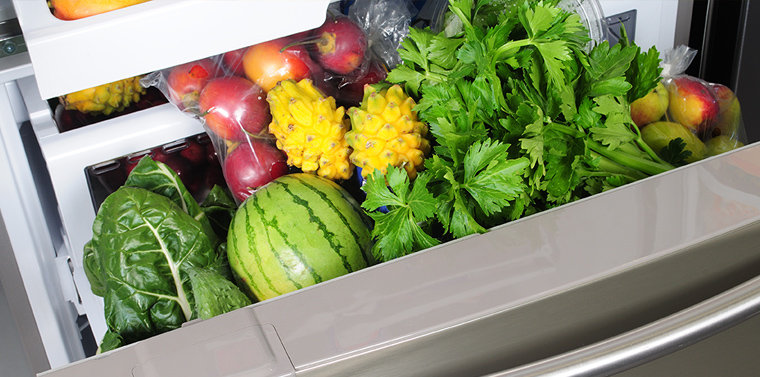- The Truth about Added Sugars
- How to Read Nutrition Facts Panel
- Nutritional Tags
- Guide to Ancient Grains
- 10 Ways to Shop Healthier on a Budget
- Healthy Family Meals under $20
- Healthy vs. Processed: $20, $10 and $5 meals
shop healthier on a budget

Eating on a budget does not mean you need to sacrifice your nutrition needs. In fact, some of the healthiest foods are very inexpensive. The most important step you need to practice are planning before you shop. Read the ten ways to best approach healthier shopping when you are on a budget.
1. Have a plan:
Before you head to the grocery store, plan your meals for the week. Include meals like stews, casseroles, or stir-frys, which “stretch” expensive items into more portions. Check to see what foods you already have and make a list for those you need to buy. Make a shopping list using heb.com or the H-E-B app.
2. Look at price per item:
Check the local newspaper, online, and at the store for sales and coupons. Look for H-E-B’s yellow coupons and check out the weekly ad for extra savings. Look for specials or sales on meat and seafood—often the most expensive items on your list.
3. Cook once, eat twice:
Prepare a large batch of favorite recipes on your day off (double or triple the recipe). Freeze in individual containers. Use them throughout the week and you won’t have to spend money on take-out meals.
Locate the “Unit Price” on the shelf directly below the product. Use it to compare different brands and different sizes of the same brand to determine which is more economical.
5. Buy in bulk:
It is almost always cheaper to buy foods in bulk. Smart choices are family packs of chicken, steak, or fish, and larger bags of potatoes and frozen vegetables. Before you shop, remember to check if you have enough freezer space.
6. Buy in season:
Buying fruits and vegetables in season can lower the cost and add to the freshness! If you are not going to use them all right away, buy some that still need time to ripen. The What's In Season guide will tell you what is in season throughout the year.
Convenience foods like frozen dinners, pre-cut vegetables, and instant rice, oatmeal, or grits will cost you more than if you were to make them from scratch. Take the time to prepare your own—and save!
Certain foods are typically low-cost options all year round. Try beans for a less expensive protein food. For vegetables, buy carrots, greens, or potatoes. As for fruits, apples and bananas are good choices.
Spice up your leftovers—use them in new ways. For example, try leftover chicken in a stir-fry or over a garden salad, or make chicken chili. Remember, throwing away food is throwing away your money! See One Dish Meals & Leftover Recipes
Restaurants can be expensive. Save money by cooking your meals at home. The average dinner for a family of 4 costs $25.00. That is enough the buy breakfast, lunch, dinner & snacks at the grocery store for your family. See Copycat Restaurant Meals